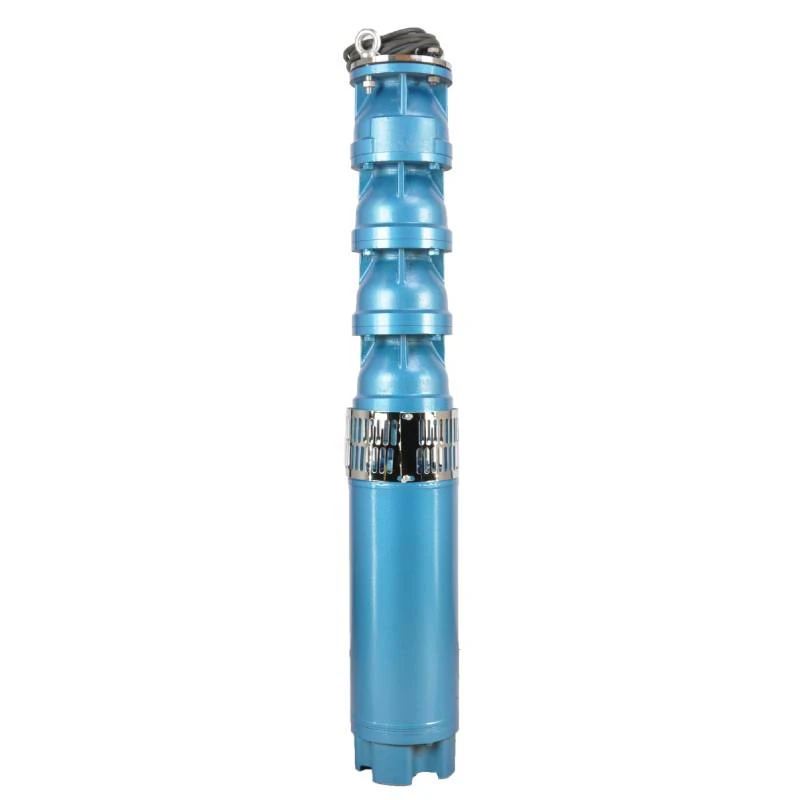Nov . 26, 2024 14:51 Back to list
Exploring the Benefits of Fuel Submersible Pumps for Efficient Liquid Transfer Systems
Exploring the Efficiency and Applications of Fuel Submersible Pumps
In today's rapidly evolving industrial landscape, the demand for effective and reliable pumping solutions is more critical than ever. One of the standout technologies that have emerged to meet this need is the fuel submersible pump. Designed primarily for the transportation of fuel and other liquids from below the surface, these pumps are integral to various sectors, including petroleum, chemical manufacturing, and water management. This article delves into the essential features, advantages, and applications of fuel submersible pumps.
What is a Fuel Submersible Pump?
A fuel submersible pump is a type of pump that is installed underwater to move fuel or other hazardous liquids from a lower to a higher elevation. Unlike traditional pumps, which draw liquid upward, submersible pumps operate by pushing the fluid to the surface. This design reduces the risk of cavitation and allows for more efficient operation, particularly in deep wells or underground tanks.
These pumps are typically constructed from materials resistant to corrosion, such as stainless steel or reinforced thermoplastics, making them suitable for various fuels, including gasoline, diesel, and kerosene. Their ability to function underwater minimizes the risk of leaks and environmental contamination, a crucial factor in today’s eco-conscious markets.
Advantages of Fuel Submersible Pumps
1. Efficiency Submersible pumps can achieve higher efficiencies than many surface pump designs. Their submerged nature means they utilize hydraulic pressure to assist in moving fluids, necessitating less energy for operation.
2. Compact Design The compact nature of these pumps makes them suitable for installation in tight or challenging spaces. Their ability to work at depth means that fewer complications arise during installation.
3. Reduced Operational Risks Since these pumps operate below the fluid surface, risks related to vaporization and surface-level issues are significantly minimized. This makes them safer for handling volatile liquids such as fuels.
4. Versatile Applications Fuel submersible pumps are not only limited to fuel transport. They also serve in various applications, ranging from groundwater extraction to agricultural irrigation. Their versatility allows them to cater to the diverse needs of different industries.
fuel submersible pump

5. Less Maintenance Given that they operate submerged, these pumps are generally less exposed to environmental elements that can cause wear and tear. This unique position often leads to reduced maintenance requirements, enhancing overall uptime and reliability.
Applications of Fuel Submersible Pumps
Fuel submersible pumps find acceptance across a myriad of applications
- Petroleum Industry Perhaps the most common use is in fueling stations, where submersible pumps draw fuel from underground tanks and dispatch it to the surface.
- Construction Sites In construction, these pumps are invaluable for dewatering purposes, clearing out water from trenches and excavations.
- Agriculture Farmers utilize submersible pumps for irrigation, pulling water from underground aquifers to irrigate crops efficiently.
- Municipal Water Supply Submersible pumps are often used in municipal water systems for supplying clean water to communities or treating wastewater.
- Environmental Remediation They are also instrumental in environmental cleanup operations, where they can retrieve contaminated water or hazardous substances from the ground.
Conclusion
Fuel submersible pumps represent a significant advancement in pumping technology, providing efficiency and reliability across various applications. As environmental concerns and industrial needs continue to evolve, these pumps will likely remain crucial in ensuring safe and effective fluid transport. By integrating modern materials and technologies, the future of fuel submersible pumps looks promising, heralding a new era in fluid management systems. Their efficient operation, coupled with reduced environmental risks, cements their place as essential tools in various sectors, from petroleum extraction to agricultural practices.
-
Submersible Water Pump: The Efficient 'Power Pioneer' of the Underwater World
NewsJul.01,2025
-
Submersible Pond Pump: The Hidden Guardian of Water Landscape Ecology
NewsJul.01,2025
-
Stainless Well Pump: A Reliable and Durable Pumping Main Force
NewsJul.01,2025
-
Stainless Steel Submersible Pump: An Efficient and Versatile Tool for Underwater Operations
NewsJul.01,2025
-
Deep Well Submersible Pump: An Efficient 'Sucker' of Groundwater Sources
NewsJul.01,2025
-
Deep Water Well Pump: An Efficient 'Sucker' of Groundwater Sources
NewsJul.01,2025
-
 Submersible Water Pump: The Efficient 'Power Pioneer' of the Underwater WorldIn the field of hydraulic equipment, the Submersible Water Pump has become the core equipment for underwater operations and water resource transportation due to its unique design and excellent performance.Detail
Submersible Water Pump: The Efficient 'Power Pioneer' of the Underwater WorldIn the field of hydraulic equipment, the Submersible Water Pump has become the core equipment for underwater operations and water resource transportation due to its unique design and excellent performance.Detail -
 Submersible Pond Pump: The Hidden Guardian of Water Landscape EcologyIn courtyard landscapes, ecological ponds, and even small-scale water conservancy projects, there is a silent yet indispensable equipment - the Submersible Pond Pump.Detail
Submersible Pond Pump: The Hidden Guardian of Water Landscape EcologyIn courtyard landscapes, ecological ponds, and even small-scale water conservancy projects, there is a silent yet indispensable equipment - the Submersible Pond Pump.Detail -
 Stainless Well Pump: A Reliable and Durable Pumping Main ForceIn the field of water resource transportation, Stainless Well Pump has become the core equipment for various pumping scenarios with its excellent performance and reliable quality.Detail
Stainless Well Pump: A Reliable and Durable Pumping Main ForceIn the field of water resource transportation, Stainless Well Pump has become the core equipment for various pumping scenarios with its excellent performance and reliable quality.Detail
